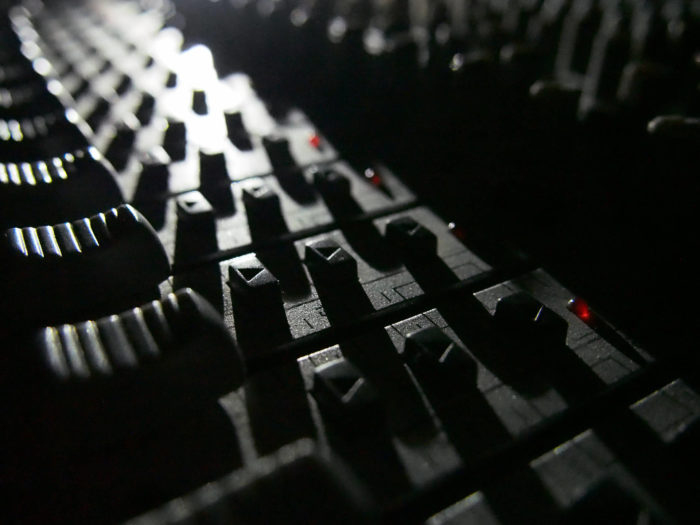Logarithmic scales are groovy.
Please Remember:
The opinions expressed are mine only. These opinions do not necessarily reflect anybody else’s opinions. I do not own, operate, manage, or represent any band, venue, or company that I talk about, unless explicitly noted.

 Want to use this image for something else? Great! Click it for the link to a high-res or resolution-independent version.
Want to use this image for something else? Great! Click it for the link to a high-res or resolution-independent version.The video:
About the music playing underneath the narration:
Frost Waltz by Kevin MacLeod is licensed under a Creative Commons Attribution license (https://creativecommons.org/licenses/by/4.0/)
Source: http://incompetech.com/music/royalty-free/index.html?isrc=USUAN1100516
Artist: http://incompetech.com/
Here’s the narration script, if you like:
The decibel – what is it?
The decibel is a nonlinear unit of measure created by Bell Telephone Laboratories. In telecommunications systems and professional audio applications, it is often necessary to compare large differences in measured power. This can be inconvenient with linear units.
The decibel solves this problem using a logarithmic scale. No, no, not phat beats being produced by striking a piece of wood at regular intervals. The logarithm: The inverse of an exponent. Logarithmic scales compact large, linear ranges of values into a much more manageable form. The logarithm used by the decibel is concerned with powers of 10, hence it is a base-10 logarithm. Be sure that any decibel calculations you perform use a base-10 logarithm; Some mathematics systems default to the natural logarithm instead.
The decibel is a unit that describes a power ratio. As such, you should be aware of three main rules for the use of this unit: First, that the decibel has no meaning unless a reference point is designated. Second, this reference point is the denominator for the ratio, and thus, must not be zero. Third, logarithms are only valid for ratios with a positive value. A decibel value can be negative, but the input ratio must not be.
All sorts of reference points for decibels exist. There is dBW, which references one watt of power. There is dBu, which references 0.775 volts RMS, un-terminated. There is dBSPL, which references 20 micro Pascals, the threshold of human hearing at 1 Khz.
For a power ratio, the decibel value is the 10 times the base-10 logarithm of the ratio. A ratio of one – that is, the reference point itself, is always zero decibels. Ratios greater than one give positive decibel values, whereas ratios less than one give negative results.
But wait, you say! Professional audio is often concerned with voltage, yet the decibel is concerned with power. How can we square that circle?
Remember that voltage can be related to power in various ways. One such form is this: Power equals voltage squared over resistance. Because we are concerned with the ratio of voltages, and not the actual power value, we can set the resistances as being equal to one. This leaves us with voltage squared over voltage squared. This may seem clumsy to calculate, but never fear! The same result may be obtained by multiplying the base-10 logarithm of the simple voltage ratio by 20 instead of 10. Isn’t that swell?
The decibel is a versatile unit of measure that can be adapted to many needs in the professional audio world. Know it, and use it well.